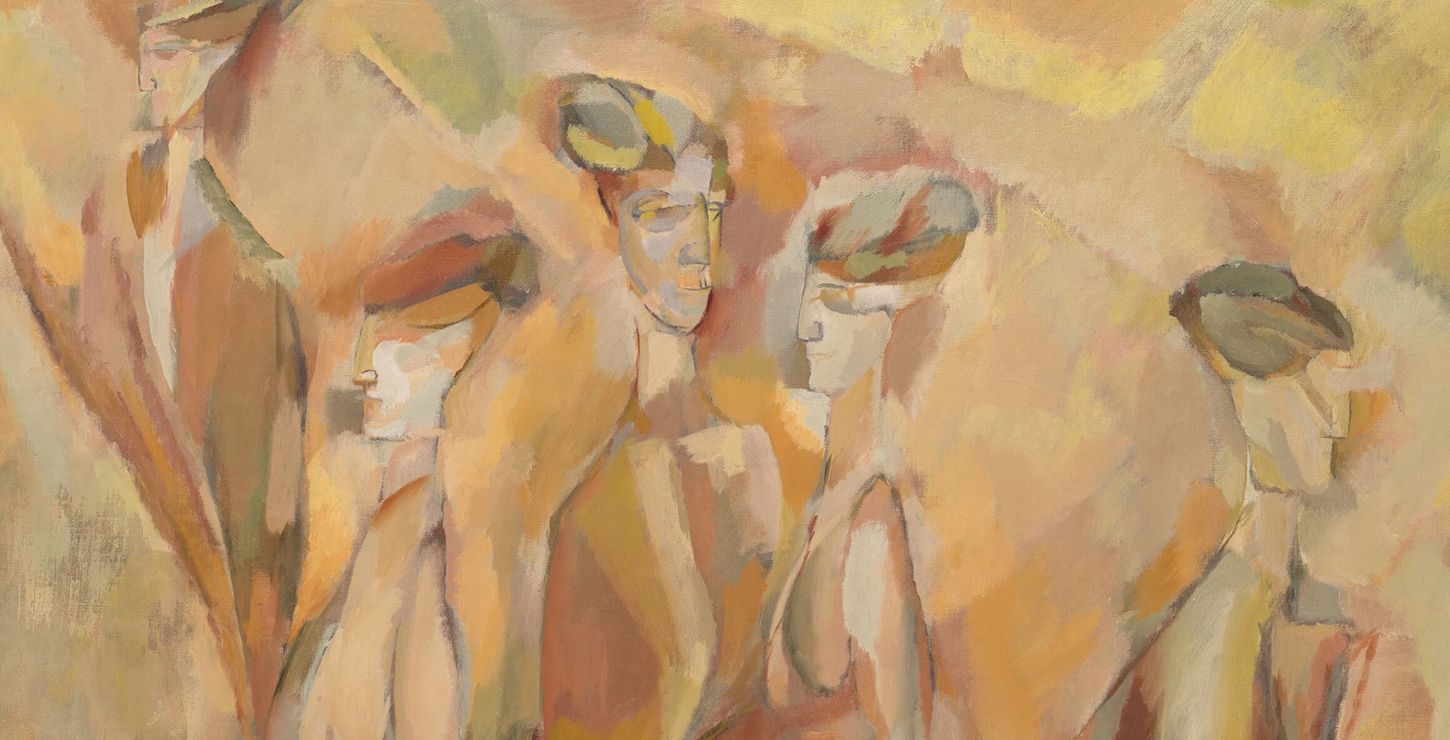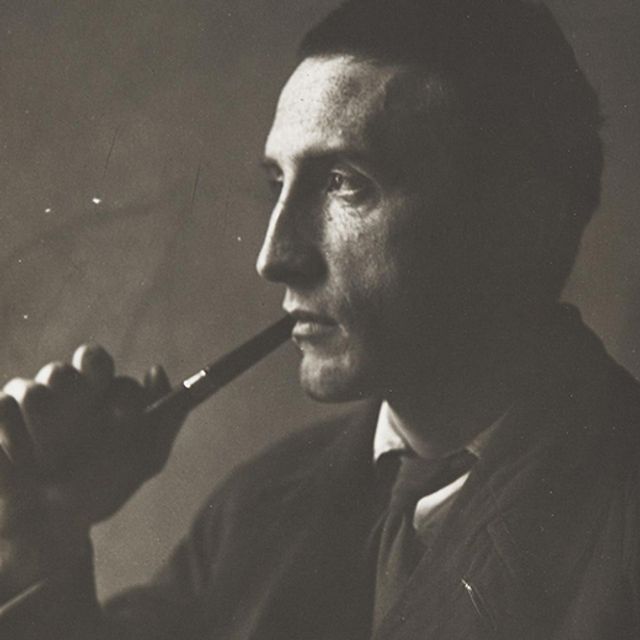Gallery 281 & d’Harnoncourt Gallery 282
Main Building

Portrait (Dulcinea) (detail), 1911, by Marcel Duchamp (American, born France, 1887–1968), 1950-134-54. © Artists Rights Society (ARS), New York / ADAGP, Paris / Association Marcel Duchamp
The museum’s renowned Marcel Duchamp holdings return home after a yearlong exhibition tour in the Asia-Pacific region. Explore the reinstalled galleries devoted to an artist who overturned conventional definitions of art.
Browse works by Marcel Duchamp in our online collection.
Gallery 281 & d’Harnoncourt Gallery 282
Main Building
Pay What You Wish admission on 1st Sunday of the month & every Friday night
Get a sneak peek at works in the exhibition.
In 1912, at the age of twenty-five, Marcel Duchamp (1887–1968) made a momentous decision. Only about a year after catching the attention of the public as a Cubist painter, he abandoned the craft of oil painting and vowed to remain free of all organized artists’ groups. He declared his independence in order to push beyond cultural conventions, becoming one of the most original thinkers in the history of modern art.
This new direction led Duchamp to create the glass construction The Bride Stripped Bare by Her Bachelors, Even (The Large Glass), which he conceived in 1912. Soon after, Duchamp pushed aside traditional definitions of art entirely with his first “readymades.” He borrowed the term from the garment industry, which used it to describe ready-to-wear clothing made by machines. Duchamp’s readymades consisted of mass-produced objects placed in imaginative contexts that gave them unexpected meanings.
Through the ensuing decades Duchamp kept firing off provocative ideas. Public esteem for him grew as artists of the 1950s and ’60s found inspiration in his unorthodox attitudes toward artmaking. Though he continued to maintain that artists must operate apart from the cultural establishment, Duchamp accepted his increasing fame. He even worked to preserve his legacy.
It was Duchamp himself who ensured that the majority of his work stayed together in one institution. He assisted his primary patrons, collectors Louise and Walter Arensberg, in negotiating the 1950 gift of their distinguished collection to the Philadelphia Museum of Art.

Portrait of Marcel Duchamp (detail), 1916 (negative), by Man Ray (American, 1890–1976), 1987-103-1. © Man Ray Trust / Artists Rights Society (ARS), New York / ADAGP, Paris
Matthew Affron, The Muriel and Philip Berman Curator of Modern Art